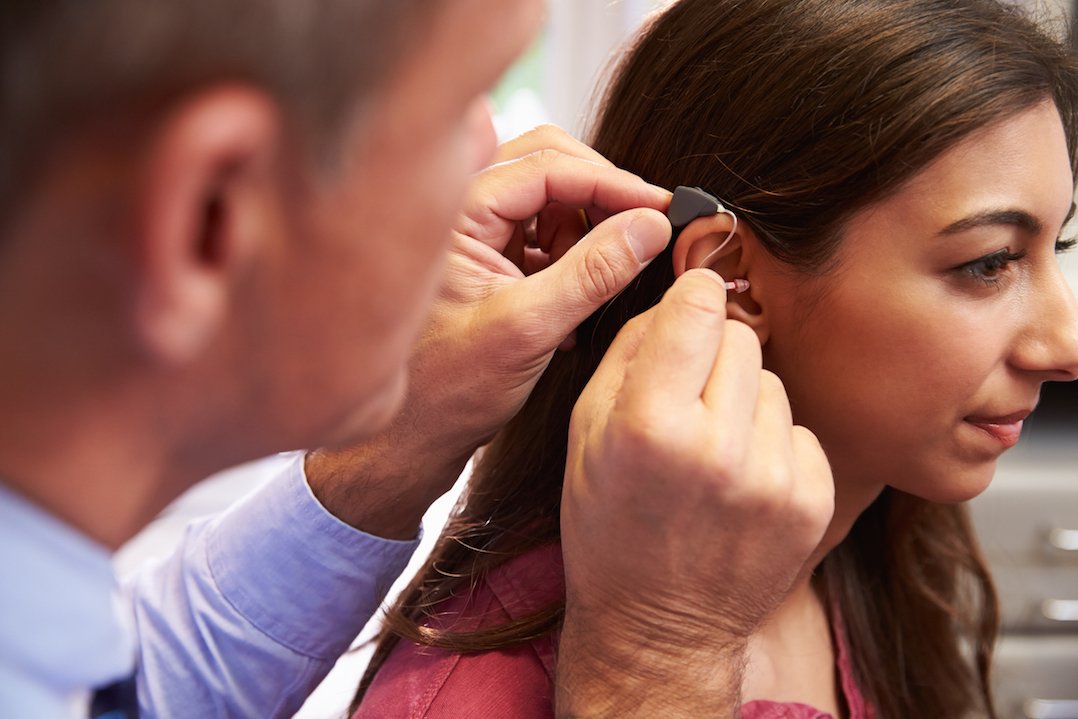For many people, earwax causes no issues but, for some people, earwax build-up can be a real problem. It can become so severe that it can even affect their hearing. Many people are tempted to use cotton buds to clear out problem ear wax, but this is not be the safest solution. Never use a cotton bud as they can actually push wax deeper into the ear canal, and can cause damage to the eardrum.
What is earwax?
Earwax, which is scientifically known as cerumen, is a useful product within your body. It collects dirt and bacteria, preventing them from entering the ear canal and protecting it. Usually, this wax removes itself naturally during chewing or other jaw movements, or when sleeping and most people have no real need to clean their ears themselves. However, there are exceptions.
Why can earwax become a problem?
If the earwax doesn’t remove itself, it can become impacted and affect your hearing. There are various signs that your earwax has become a problem, which include:
- Impaired hearing
- Earache
- A feeling of fullness in the ear
- A ringing in the ear
- Bad odour
- Dizziness
- Coughing
Ways to treat earwax build-up
There are various ways that earwax build-up can safely dealt with that do not involve cotton buds.
Damp face cloths
Instead of using a cotton wool bud, use a warm, damp face cloth, as this will not push the wax any further into the ear. It will remove excess or leaking earwax and will help to soften any stubborn wax.
Earwax softener
Another option is an over the counter earwax softener. These can be bought from a chemist and may contain mineral or baby oils, glycerin, peroxide or hydrogen peroxide, or saline. Simply follow the instructions on the packaging, by dropping the specified amount of drops into your ear, wait the specified time, and drain or gently rinse out. Please note, earwax softener should only ever be used for a few days, never weeks at a time.
It is recommended that you seek advice before using a hydrogen peroxide based softener as it can cause some symptoms to become worse if earwax is not the underlying problem.
Syringes
It is possible to remove earwax through irrigating your ears using a syringe. Ear irrigation syringes are typically bulb shaped, and are used with warm water or saline solution. Warm water is necessary to prevent dizziness occurring. On its own, irrigation isn’t a particularly effective way of removing earwax and it should be used in combination with a pre-applied softener. The softener should be used around a quarter of an hour prior to irrigation.
However, there are a number of contraindications when it comes to syringing. It is not safe to self-syringe should you have diabetes, a compromised immune system, if a perforated eardrum is suspected, or if you have tubes (grommets) in the ear.
Visit a professional
The safest way to have problem earwax removed is by a suitably qualified medical professional, such as an audiologist. They are able to properly examine the ear, confirm that earwax is the problem, and then safely remove it using specialist methods and equipment, such as microsuction or professional irrigation.
Should earwax build-up become a problem, there are various ways that it can be treated safely at home that do not involve cotton buds, but it is always advisable to seek professional advice rather than attempt self treatment.
